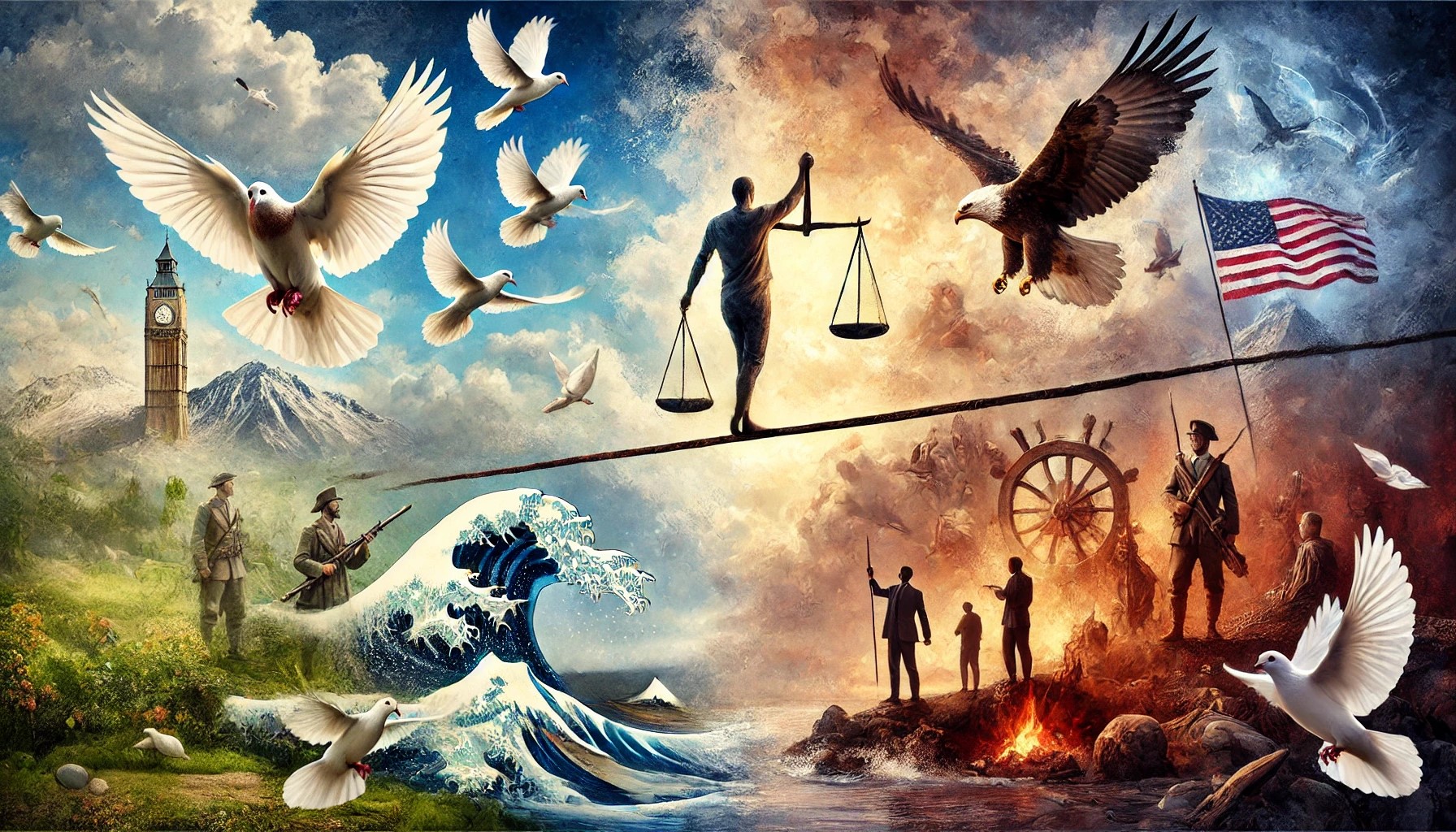
💪 “You can have peace. Or you can have freedom. Don’t ever count on having both at once.”
Description: Robert A. Heinlein autographing at the 1976 Worldcon (Midmericon)
Source: Photo by Dd-b, taken at the 1976 World Science Fiction Convention in Kansas City MO USA, at which Heinlein was the guest of honor.
Author: Photo by Dd-b, taken at the 1976 World Science Fiction Convention in Kansas City MO USA, at which Heinlein was the guest of honor.
Robert A. Heinlein challenges us to reflect on the complexities of peace and freedom. Balance the complexities of peace and freedom. Appreciate the dynamic interplay between the two. Strive to find harmony in both, understanding that each may require sacrifices and compromises. 🌟✨
Today, consider how you can balance the pursuit of freedom with the desire for peace in your own life. Recognize that true freedom often involves standing up for what is right, which can sometimes disrupt peace. Conversely, achieving peace might require compromises that limit certain freedoms. 🌍🕊️
Embrace the challenge of navigating these complexities with wisdom and courage. Seek to create environments – whether in your personal relationships, community, or larger society – where both peace and freedom can coexist as harmoniously as possible. By striving for this balance, you contribute to a more just and peaceful world. 💪🌿
Robert A. Heinlein, born on July 7, 1907, in Butler, Missouri, was an influential American science fiction writer often hailed as one of the “Big Three” of science fiction, along with Isaac Asimov and Arthur C. Clarke. Heinlein’s works are renowned for their imaginative vision, complex characters, and exploration of sociopolitical themes.
Heinlein graduated from the United States Naval Academy in 1929 and served as a naval officer. His military career was cut short by tuberculosis, which led him to pursue other interests, including writing. He earned a master’s degree in aeronautical engineering from the California Institute of Technology but soon turned his focus to science fiction.
Heinlein’s writing career began in the late 1930s. His first published story, “Life-Line,” appeared in Astounding Science Fiction magazine in 1939. This marked the start of a prolific career that would span five decades. Heinlein’s early works, including “The Man Who Sold the Moon” (1950) and “The Green Hills of Earth” (1951), established him as a leading voice in the genre.
Heinlein’s 1961 novel, “Stranger in a Strange Land,” brought him widespread fame and critical acclaim. The novel, which explores themes of individualism, religion, and societal norms, became a cultural touchstone and won the Hugo Award for Best Novel. Heinlein’s other notable works include “Starship Troopers” (1959), which delves into military ethics and citizenship, and “The Moon is a Harsh Mistress” (1966), a libertarian-themed tale of lunar rebellion.
Heinlein’s writing is characterized by its depth and diversity. He addressed a wide range of topics, from space travel and advanced technology to social and political issues, often challenging conventional thinking. His works are known for their technical accuracy, thought-provoking ideas, and memorable characters.
In addition to his novels, Heinlein wrote numerous short stories, essays, and speeches. He was a strong advocate for space exploration and scientific advancement, often participating in public debates and discussions on these topics.
Heinlein’s influence on science fiction and popular culture is profound. He won multiple Hugo Awards and was the first author to be named a Grand Master by the Science Fiction Writers of America in 1974. His works have inspired generations of readers, writers, and thinkers.
Robert A. Heinlein passed away on May 8, 1988, but his legacy endures through his groundbreaking contributions to science fiction literature. His imaginative and often provocative storytelling continues to captivate audiences and spark discussions about the future of humanity and the universe.